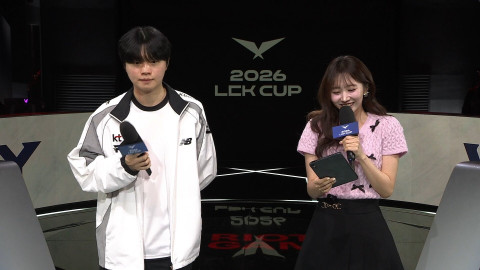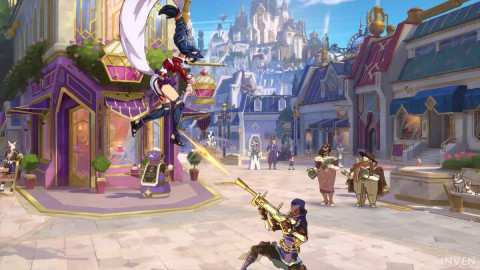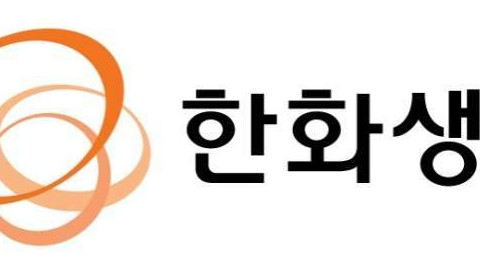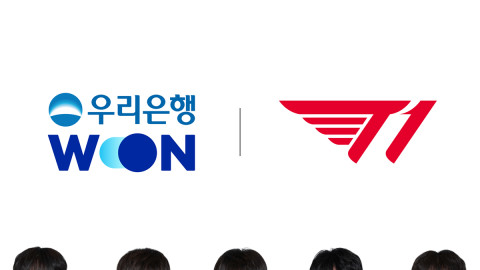Disclaimer : The following article was written freely based on the author's opinion, and it may not necessarily represent Inven Global's editorial stance.
It’s no secret that, ever since the tank metagame came back, early games have stopped being action packed. Much to the disappointment of fans, scuttle control and invading the enemy jungle for vision has taken the place of constant aggressive ganking.
On the surface, the nature of tanks seems to be at fault. They are harder to kill than normal champions, lose barely any impact from dying and gain little from gold advantages. It’s to be expected that the value of getting kills has gone down, and teams have looked for different ways to get ahead.
Tanks are to blame. However, there is quite a good deal of finesse hiding under that statement.
The problem is not that tanks have destroyed the value of kills, after all, their abundance makes the value of ADCs skyrocket and in turn increases the value of bot lane pressure. The problem is that tanks do not allow for the complementary play.
From a purely theoretical standing, the complementary play is the way in which you punish your opponent for investing too many resources in countering your main play. While this may look abstract at first, a few examples will make it easier to digest the concept.
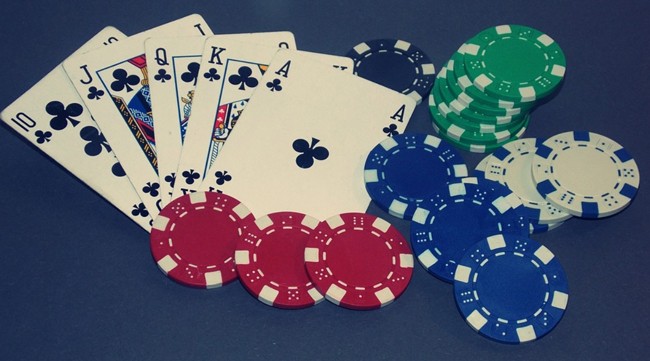
Let’s think poker for a second. Suppose you are a conservative player that only bets when playing big hands. One of your opponents notices your pattern, and decides to do the following.
He will raise you with every hand he gets, and will abandon the hand as soon as you raise or call.
It is clear for anyone that has played a few hands of poker that, if you don’t want to lose all of your money to this player, you should be bluffing in this position. Since he will always forfeit his bet once you raise or call, you stand to win a lot of money off of his eagerness to punish your main play by doing so, even with bad hands.
In the above scenario, your opponent has committed too many resources into punishing you. The bluff is your complementary play, where you end up punishing his greed in resource allocation and end up coming on top because of it.
League of Legends has neither cards nor bets, but there are still resources to commit into avoiding your opponent’s main win condition.

Suppose you are running a composition that features Shen, Gragas, Talliyah, Xayah and Rakan. Ideally, because of the Shen and Talliyah ultimates, you would want to start your snowball by using your globals to dive the enemy bot lane.
However, what would happen if you couldn’t?
This is what happened to KT Rolster in their first game against Samsung Galaxy, playing for the last LCK spot on the World Championship. Despite KT’s strong jungle control, they were not able to execute their main plan against Samsung.
The dance between the point where Shen and Taliyah reached level 6 until first blood happened lasted over seven minutes. KT managed to make only two attempts on the bot lane. The first one fruitless. The second one cost them first blood, despite their numbers advantage.
KT wasn’t sitting on their hands either. They roamed from bot to mid to try and create plays with their vision advantage on the botside, looking to abuse the Rakan pick. They also teamed up to conter jungle Ambition, yet there was nothing they could do.
In seven and a half minutes, Ambition spent a total of 45 seconds in the topside jungle whilst his bot lane was in a 2v2 situation. Combined, Ambition and Crown committed a total of two wards to the topside, with one (Ambition’s) placed on the mid lane brush.
As it was happening in the poker scenario, Samsung was committing absolutely every resource they had into stopping what they, correctly, read as KT’s main play.
Before 7.14, KT would have been able to abuse SSG’s lack of top side vision, moving there for a play with Talliyah. If the play was successful they would likely get first blood, first turret and the Rift Herald.
Unfortunately, 7.13 is long gone. Top lane and jungle tanks have rendered these options much weaker. As exposed above, not only will your tanks do less with the first blood gold, but the enemy top laner won’t lose much game impact after they death.
As far as the first turret goes, tanks are notoriously slow at taking them. Even if they could execute the play perfectly, there is a good chance of losing their bot tower first against the enemy ADC as the enemy team reacts to their play, despite KT having the tempo advantage.
Even if they could get the first turret, this being a proper advantage is still arguable. The fact that ADCs are the natural response to tanks makes it so that, even when their gold lead is smaller, they might end up getting more out of it come midgame team fights. This is especially true because of how early marksmen spike with the current Ardent Censer.
To top it all off, in their current iterations, the average dragon is considerably more valuable than its counterpart. The Herald is simply too much of a “win more” kind of objective for the current metagame.
Without an advantage, it’s extremely hard to get anything out of it. Experienced teams can usually match enemy rotations, with a focus on whomever picked the Eye of the Herald up, rendering the push pretty meaningless and easy to clear. It’s up to other temporary advantages to open the door for the cockroach to be effective.
Getting one on more kills on the enemy team used to be the go to strategy that opened up the possibility of Herald doing real damage. Pushing a tower with both the Herald and a numbers advantage spells disaster for the enemy team, who will usually just fall back and concede the objective.
Again, because of how tanks interact with and against pick oriented compositions, you can no longer expect to consistently secure these rogue picks. Early in the game, we’ve already covered how kills are not as good of a snowball catalyst. Later, bursting a 4k health enemy is simply not an option, and they will usually protect the backline from skillshots.
It simply isn’t a reliable way to win a game anymore, and teams have moved away from pick oriented drafts into other landscapes.
The current metagame is shaped by tanks, but their relation with isolated kills is only a piece of the “boring early game” puzzle. Our main antagonist is the fact that pressuring the bot side is so much more valuable than pressuring its top counterpart.

As a result, most teams commit most of resources into controlling bot, with top lane ganks past the ten minute mark being extremely rare. Except those performed by a lane swapping bot lane.
Early warding is designed to cover a bigger area. Because the early game is mostly happening on half of the map, it ultimately results in an excess of vision that leaves no entertaining or flashy plays for teams to execute on.
The lack of complementary play, while possible the biggest one, is far from being the only factor shaping the stale early game. The relevance of mid lane push and the value of roaming supports are also huge factors but, mainly because of their length, we can’t concern ourselves with them in this piece.
Nevertheless, it is vital to understand how these mechanics work in order to allow for a metagame where tanks can be strong, but the game still remains active and fun to watch.
Or we can just nerf them to the ground.
If you liked this article, you clearly have good taste. You deserve a reward for that, treat yourself and follow my Twitter @Cabramaravilla to be the first to enjoy future pieces.
Sort by:
Comments :0


